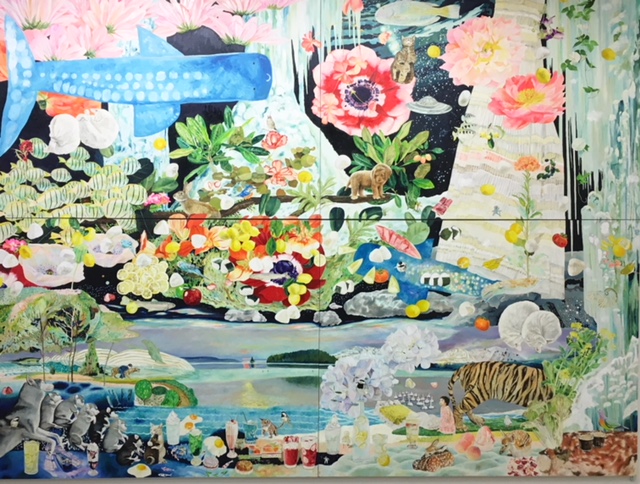Wishing your dreams come true with the coming new year!

A year has passed. How did you end 2021 and what is in your mind for 2022.
For me?……2020 was OK as I was still adjusting myself to the life with Covid-19. I completed a home renovation and created a confortable home office environment. I discovered so adoptable ‘me’ and was proud of myself how I could survive the pandemic.
Last year wasn’t so easy going. I had a mixture of both positive and negative feelings. Hope, disappointment, frustration, lack of stimulus, and feeling stack. I tried out some new things by maximizing a use digital tools and online learning, as I did in 2020. That was good. But lack of human interaction and little opportunities to travel even in the country made me feel suffocated. Particularly, NO travel to abroad.
Despite under the seemingly endless pandemic, where the emergence of next generation coronavirus seems unstoppable, I am still hopeful for this year. It is so pleasure to read messages from my friends suggesting me to meet up in somewhere in the global this year. I send an applause to my friends in Singapore who traveled to South Africa and got restricted to travel back to Singapore for already a couple of weeks. How wonderful to see that they have been enjoying a mountain hike, walking on the beach, gathering around a big table with friends by the ocean. Their posts in facebook teach me that life is about having fun and enjoying.
I started my January 1st with a visit to Peace park in Hiroshima and had a long walk with my brothers who I didn’t see last 2 years. I also had a visit to Golden pavillion (Kinkaku-ji) in the beautiful fine winter day in Kyoto, on my way back to Tokyo. We have been fortunate with beautiful weather throughout the first week of January.
I am fully recharged and filled with happiness. All I can think of now is “What shall I play now?”, just like an innocent child.
May your new year be blessed with love and new adventure.






















































